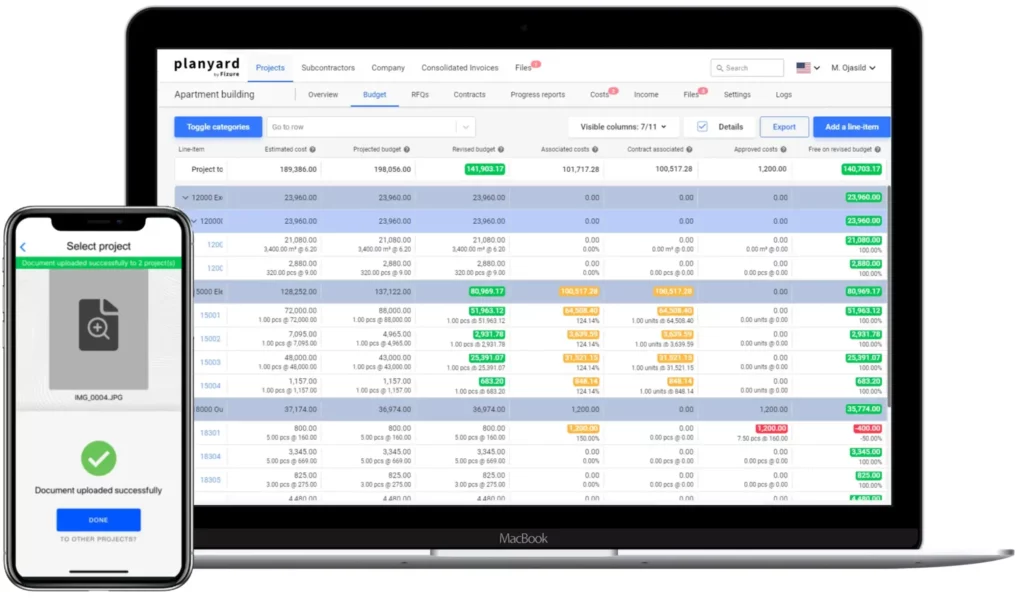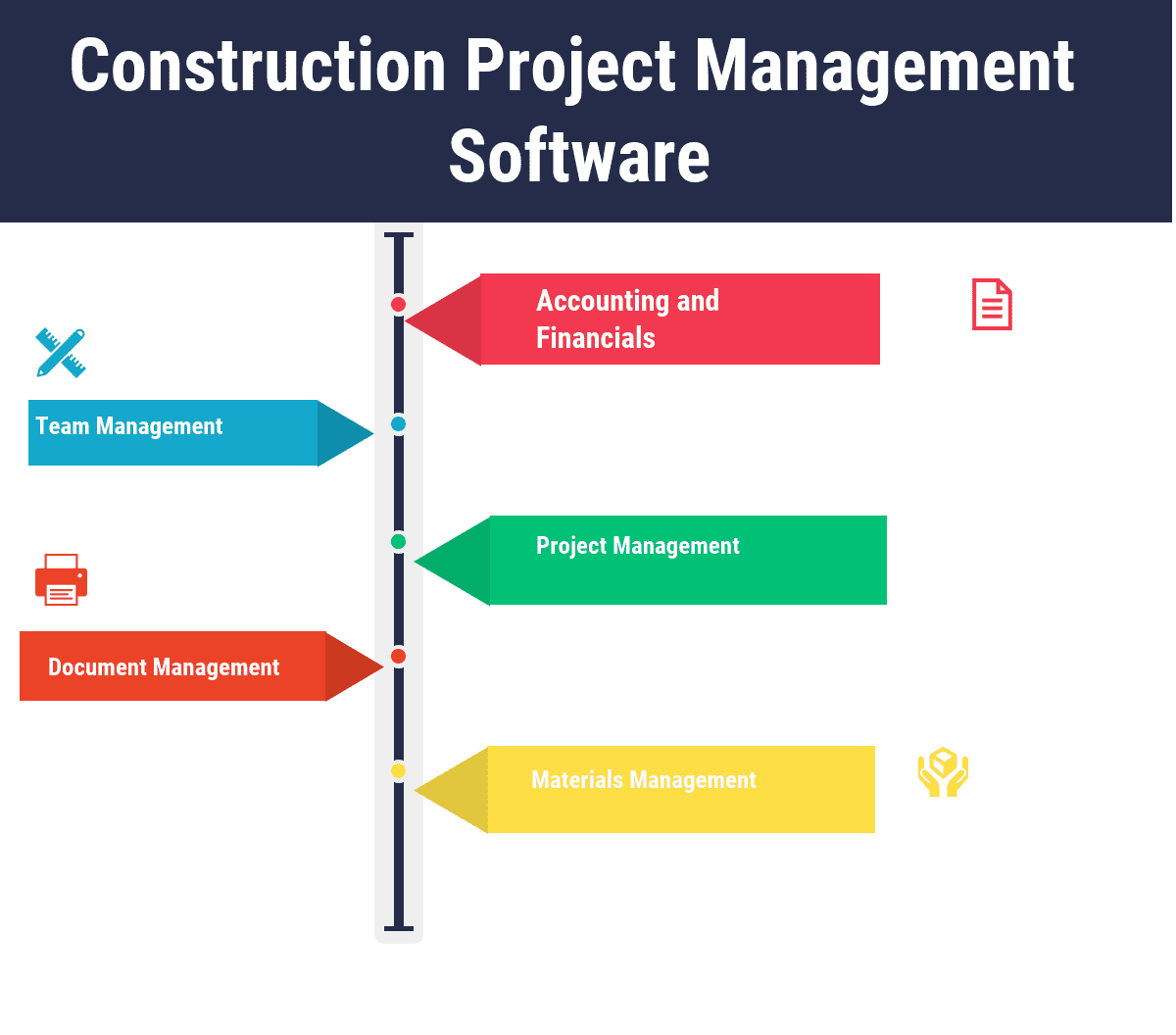Advanced Building And Construction Monitoring Software Application: Enhancing Productivity and Collaboration in the Sector
In an industry where accuracy and efficiency are vital, the integration of innovative building administration software program has reinvented the way projects are planned, performed, and checked. The usage of cutting-edge technology has not only structured procedures yet also promoted boosted collaboration among stakeholders. By offering real-time job monitoring capacities, improved resource allowance features, and seamless interaction systems, these software program remedies have actually come to be important tools for building and construction specialists intending to boost their productivity and foster more powerful teamwork. The influence of these advancements on project results and market standards is undeniable, motivating a shift towards an extra tech-savvy and interconnected building and construction landscape.
Benefits of Advanced Construction Software Program
The usage of innovative construction software program significantly enhances performance and task results within the construction sector. One crucial benefit of innovative building and construction software program is the capacity to streamline job management procedures. With functions like automated scheduling, real-time partnership devices, and data analytics, project managers can better strategy, track, and display project development. This results in better source appropriation, decreased hold-ups, and boosted total project timelines.
In addition, advanced building software program helps enhance communication and collaboration among job stakeholders. With streamlined platforms for sharing job records, tracking changes, and connecting updates, groups can function much more cohesively in the direction of typical task objectives. This fosters much better decision-making, lowers the likelihood of mistakes, and boosts general project top quality.
In addition, progressed building and construction software uses understandings with information analytics that can help recognize fads, optimize processes, and minimize threats. By leveraging data-driven knowledge, building and construction firms can make even more educated decisions, adapt to changing task characteristics, and inevitably drive better job results. Generally, the benefits of sophisticated building software application are important in enhancing efficiency, collaboration, and project success within the building and construction market.
Real-Time Task Monitoring Abilities
With the smooth assimilation of real-time job monitoring abilities, building and construction groups can successfully check progression, improve decision-making, and make certain job timelines are fulfilled. Real-time job monitoring permits stakeholders to access up-to-date info on numerous aspects of the construction task, including job completion status, resource allowance, and prospective traffic jams. This level of transparency promotes cooperation among team participants, subcontractors, and customers, leading to boosted interaction and quicker trouble resolution.
Additionally, real-time job tracking gives job supervisors with the required data to make educated choices without delay. By having split second access to key efficiency indicators and task metrics, managers can recognize issues early, carry out corrective actions, and enhance task workflows. This aggressive method assists in protecting against delays, decreasing prices, and ultimately boosting overall project efficiency.

Boosted Resource Allowance Functions
Making use of sophisticated resource allotment devices improves building and construction task administration procedures and enhances workforce efficiency. These features make it possible for job managers to assign jobs, devices, and products with accuracy, making certain that sources are used successfully (construction mangement software). By having a centralized platform that offers real-time visibility into resource availability and requirements, construction teams can make enlightened choices without delay, avoiding delays and price overruns
Enhanced resource allocation functions additionally facilitate better partnership among group participants. With clear projects and clear resource distribution, every individual understands their role and duties, cultivating team effort and accountability. This results in enhanced communication and coordination, inevitably improving performance and job end results.

Improved Communication Platforms
Enhancing interaction platforms in construction monitoring software application significantly enhances project coordination and performance. By incorporating functions such as real-time messaging, data sharing, and task assignments, groups can team up effortlessly despite their physical locations. With improved interaction systems, stakeholders can get instantaneous updates, share essential records, and review job details right away, bring about quicker decision-making procedures.
Additionally, these advanced interaction devices permit for better transparency and construction software liability within construction jobs. Team participants can track development, offer feedback, and address concerns without delay, fostering a more collective and effective work environment. Additionally, having actually centralized interaction channels within the building administration software decreases the threat of miscommunication and guarantees that all staff member get on the same web page.
Simplifying Process for Efficiency
By implementing streamlined process, construction firms can get rid of traffic jams, reduce errors, and guarantee that projects proceed smoothly from beginning to end up. One means to accomplish this is by automating repetitive jobs such as job organizing, source allocation, and progression tracking.
Furthermore, incorporating different aspects of job monitoring, such as budgeting, file management, and communication, right into a solitary platform can further improve operations. This combination allows for real-time collaboration and data sharing among team participants, getting rid of the requirement for manual information entrance and making sure that everyone is functioning with the most updated information.

Conclusion
In final thought, advanced building and construction management software program provides countless benefits such as real-time job monitoring, boosted source allotment, enhanced communication platforms, and structured workflows. Generally, progressed building software program plays an essential role in boosting effectiveness and success in building jobs.